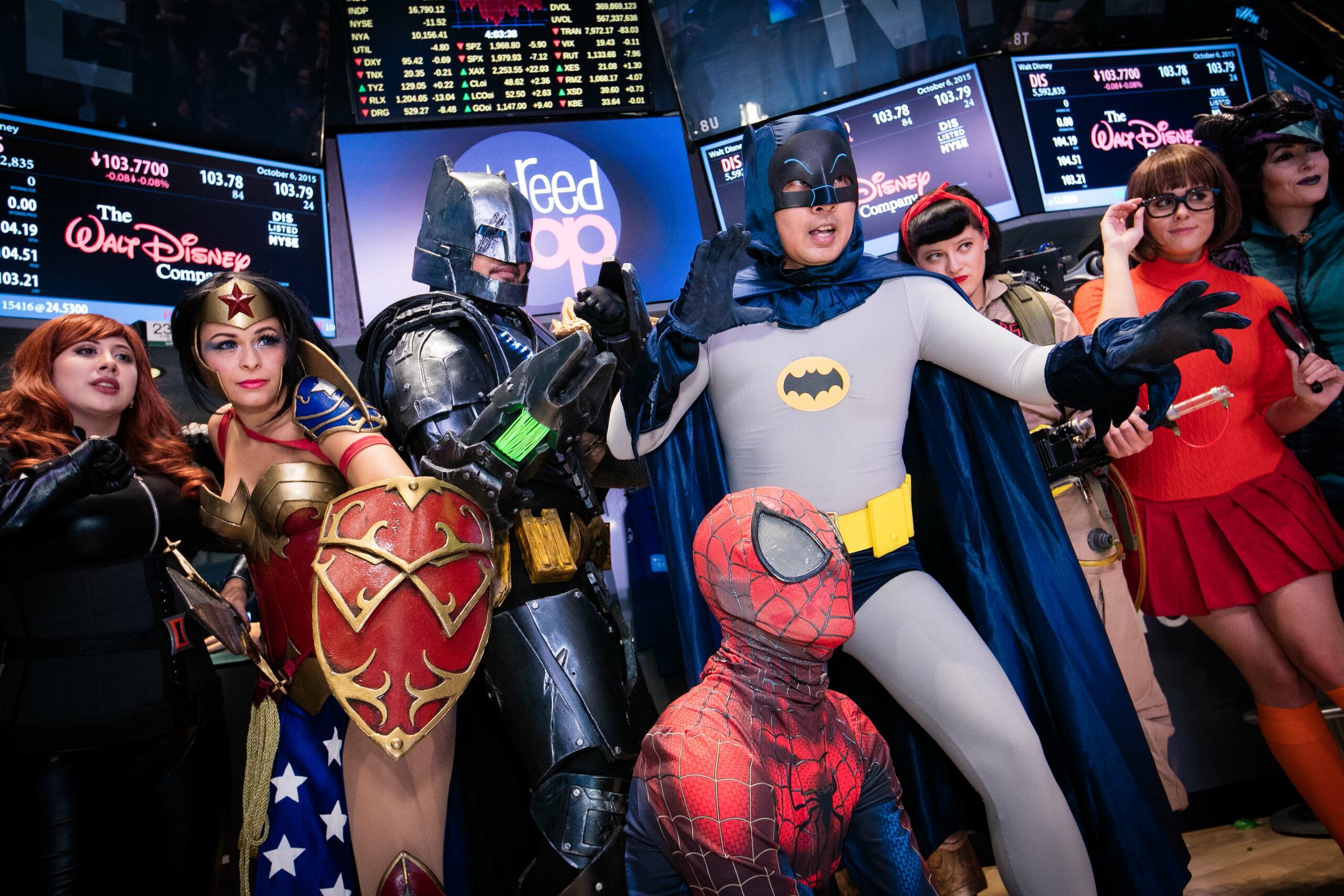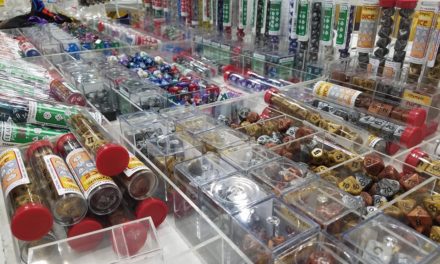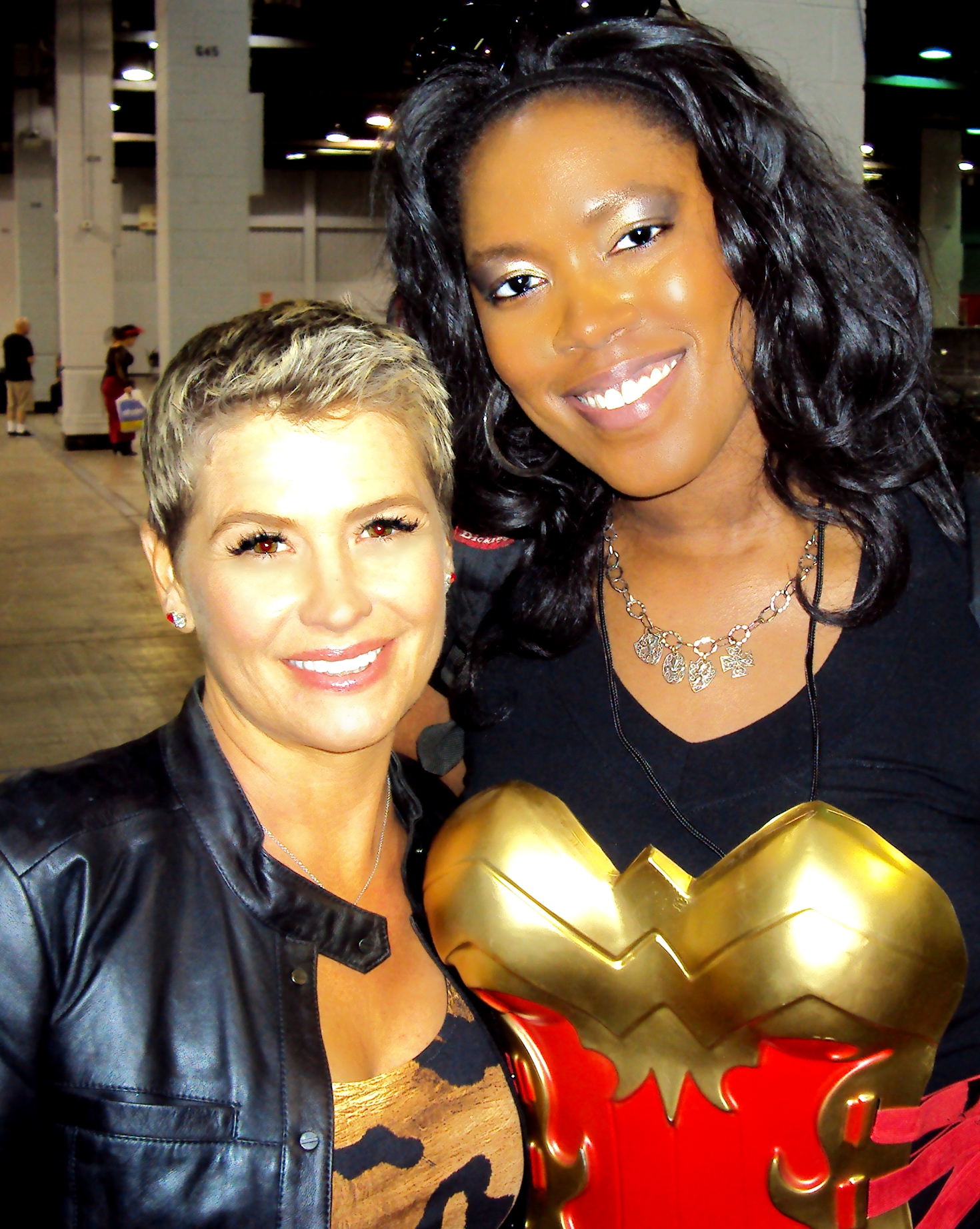In November of 2015, I headed to Metatopia: The Game Design Festival with our RPG editor Chris. I’ve attended Dreamation in the past and looked forward to testing games and speaking on a panel at this event.
While there were games designed by women at this event and even an all-female panel, women are still a minority in game design. Metatopia organizers encouraged a more accepting and diverse environment which directly resulted in me trying new types of games and genres at this event.
My Background
LARPer: I have about eight years of experience as a live action role player. My experience primarily includes American fantasy boffer campaign LARPs in South Jersey, and my longest-played character is a human (former fae) political character in a Celtic-inspired culture.
Table Top Gamer: I’m an occasional table top gamer. I’ve only GM’d a few times, but I participate in friends’ games as they host them or as I’m invited to participate.
Text-Based Online RPGs: My first experiences in RPGs involve online text-based RPGs, including Star Trek SIMs (simulations). A writer before an RPer, this was an excellent avenue to collaborative storytelling.
My style: I prefer games focused on the story. I like combat, but prefer RP to constant combat. A good mix is always welcome.
Game Design Focus Group for “Age of the Last God”
On Friday night, I attended a game design focus group for Michael Meinberg’s “Age of the Last God,” a game in development.
There were four others in the discussion group as well as the game designer. I was the only one identifying as female, and from what I could tell, I was also the only one whose primary form of gaming consisted of LARP.
As the game designer emphasized story and setting, I found that most of my additions related to those aspects of game design.
As a player who enjoys political plot, I added insights about using power group or kingdom-related plot to really hook a player and encourage risk-taking, especially for an American gaming audience that doesn’t necessarily see character failure as a win (or a valuable role playing experience.
How I Felt After the Panel
The initial parts of the panel focused heavily on game mechanics. I did my best to envision the dice system the GM described, and mainly added that I appreciated how quickly conflicts could resolve using the dice system.
A huge part of the panel was about listening, and I was pleasantly surprised to find that I wasn’t talked over. Everyone had an area of expertise to offer, and my expertise was from the point of view of a player who enjoys political intrigue, diplomacy, some PVP, player abilities affecting outcomes even in tabletop RPGs (yes, if I play a bard, I’m singing), and general quality role play.
“HUTS: The Game”
“Huts” is a Game for Everyone
In “Huts,” the gods represented by the players portray real life goddesses and gods. The god cards are dealt to you. The game creator noted that the inclusion of goddesses was incidental (he used actual Polynesian gods), but I mentioned it was a positive quality of the game that should be maintained in the final version.
“Huts” is a game that doesn’t cater to a specific type of gamer. Played with cards and game pieces, a 12 year old could hop into the game comfortably. The colors are delightful and inviting and the game caused some friendly banter among our test group.
It’s possible to strategize in the game and I really enjoyed the idea of playing a god who protects her worshipers and smites the other humans!
“Interstellar Interventions” is an Inclusive Mecha RPG
“Interstellar Interventions” is a mecha tabletop RPG from Wrecking Ball Game Labs. I am not typically a fan of mecha stuff, especially since most of it doesn’t seem to be really inclusive of women. However, some of the equipment used in “Edge of Tomorrow” opened my mind a bit.
When I saw the description for “Interstellar Interventions” and how it involved specific political and tactical objectives, I found that the game’s premise appealed to me.
The group of playtesting PCs was diverse in terms of gender identity, especially considering our small group size. The game designer was male but the playtesting facilitator was a woman who made it clear that she was there to help us with character creation, take notes, and field questions.
I felt really comfortable asking for help when I needed it (and I think the other participants did as well), and as a result
“Interstellar” promoted inclusivity in several ways:
- “Women and men” phrase was mentioned in game text. It’s a small variation, but deviates from the constantly used “men and women,” so I know the game designer values me as a game player.
- A female force is instrumental in the refining of the game, ensuring more diverse opinions are represented.
- Game art: The game art of the mecha doesn’t look necessarily masculine. Even in the sample art, there are a variety of mecha including one that has a more traditionally feminine silhouette.
Everyone Should Play “The Plot Thickens”
I’m a total word nerd, so I was especially excited to get into a playtest for “The Plot Thickens,” a card game all about telling a collaborative story. This game features multiple genres including sci-fi, noir, and romance.
Our test group included a minor, so we avoided the romance deck. We played the noir deck first – I found the narrative style super fun and challenging – and then the more imaginative sci-fi deck twice.
You get to be a character based on an archetype and you get to choose one of three at the beginning of the game. I was ‘Molly the Mobster,’ a senator’s daughter turned villain (she also owned a pawn shop in the red light district) and then ‘The Chosen One: Princess of the Galaxy.’ At my discretion, she self-identified as a “strong female protagonist.”
We found that the game could be what you want it to be. Our group was extremely outgoing! What I enjoyed about it as a writer is that it could be used as a character, setting, or story generation tool. For example, I didn’t plan on Molly being a villain, but she turned out that way. I’m actually horrible at writing villains well, and the semi-silly plot details gave me some concrete building blocks for creating such a character in a story or LARP.
Yes, Molly the Mobster may show up at a LARP some day. Guard your whiskey. And speaking of whiskey, this game would be awesome with a few drinks. Storytellers of all types, including digital marketers, should buy this game as soon as it comes out. I can’t wait to get a copy so I can refine my skills as a writer.
Time For New Stuff!
Overall, the welcoming feeling I experienced at Metatopia inspired me to try new stuff, including games in genres that hadn’t previously appealed to me. I look forward to remaining open-minded about games in the future and I feel like I made a positive impact during playtesting, especially when there are few women represented.
That said, ethnic diversity was pretty limited at the event and I’d love to see more voices of color in the future.
Since game design and development are all about innovation, even the traditionalists seem open to new stuff, and that’s not an attitude consistent in other areas of geekdom.
I definitely feel inspired to put some of my own gaming ideas down onto paper after experiencing the excitement of Metatopia and learning more about the game design process.
Material disclosure: I received a press pass from Metatopia to cover the event.





